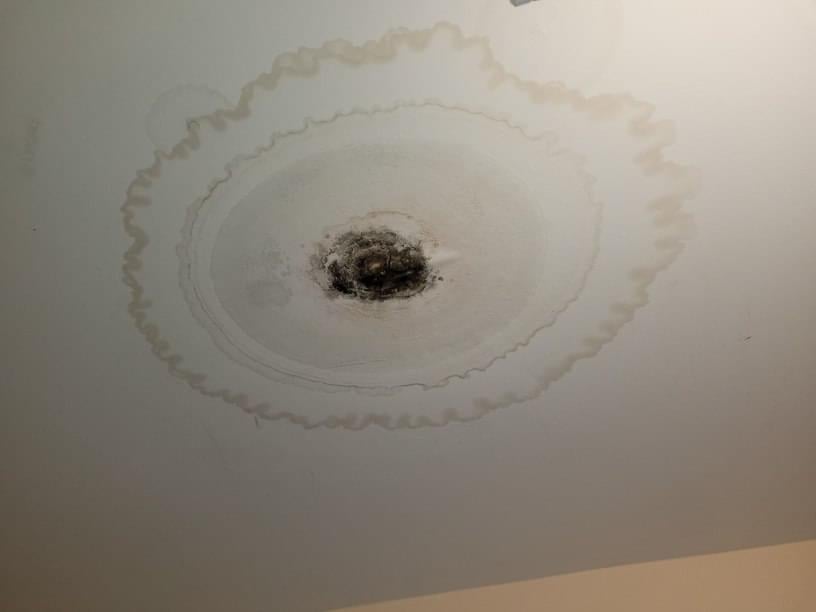Just how to Examine If Your House Has a Concealed Leak
Just how to Examine If Your House Has a Concealed Leak
Blog Article
The article author is making a number of good points on Locating water leaks overall in the content which follows.

Early discovery of leaking water lines can minimize a prospective calamity. Some little water leakages might not be noticeable.
1. Examine the Water Meter
Examining it is a guaranteed way that aids you discover leakages. If it moves, that indicates a fast-moving leakage. This implies you might have a slow leak that could also be below ground.
2. Check Water Usage
If you identify abrupt changes, despite your usage being the very same, it suggests that you have leaks in your plumbing system. An unexpected spike in your costs shows a fast-moving leak.
On the other hand, a consistent boost every month, even with the exact same routines, reveals you have a slow-moving leakage that's additionally gradually escalating. Call a plumber to thoroughly check your building, specifically if you really feel a warm location on your flooring with piping below.
3. Do a Food Coloring Examination
When it comes to water usage, 30% comes from commodes. If the shade somehow infiltrates your bowl throughout that time without flushing, there's a leak between the container as well as bowl.
4. Asses Outside Lines
Do not fail to remember to check your exterior water lines as well. Test faucets by attaching a yard pipe. Ought to water seep out of the link, you have a loose rubber gasket. Change this as well as guarantee all links are limited. If you've obtained a lawn sprinkler, it will help get it properly took a look at and kept every year. One small leakage can squander lots of water and increase your water expense.
5. Check and Examine the Scenario
House owners need to make it a practice to check under the sink counters as well as even inside cabinets for any type of bad odor or mold and mildew development. These two red flags suggest a leak so prompt focus is required. Doing regular evaluations, even bi-annually, can conserve you from a major trouble.
Check for discolorations and weakening as most home appliances as well as pipes have a life expectancy. If you suspect dripping water lines in your plumbing system, do not wait for it to intensify.
Early detection of leaking water lines can mitigate a possible calamity. Some small water leaks may not be noticeable. Inspecting it is a surefire means that aids you find leaks. One little leakage can lose lots of water and spike your water costs.
If you presume leaking water lines in your plumbing system, do not wait for it to intensify.
Tips for Detecting Hidden Plumbing Leaks
Check for Signs of Water Damage
We recommend that you check the following places for evidence of water damage:
Near where you store your water heater
Around your sump pump
In areas where pipes are visible
Underneath cabinetry or a vanity beneath a sink
Where your outside hose bib isIf water damage is present, you may also notice mold and/or mildew or smell a foul or musky odor. You might also be able to hear the sound of water running where it shouldn’t be.
Perform a Water Meter Test
One of the easiest ways to determine whether you have a hidden leak on your property is to test your water meter. Turn off all appliances in that use water and make sure you don’t have any faucets running. Locate your water meter and record the reading on it. Continue to leave everything off for a minimum of two hours and then go back and see the meter reading. If it’s a noticeable difference, chances are you have a hidden plumbing leak.
Monitor Your Outside Usage
As the seasons change, you might use more water to keep your yard lush and green and your flowers blooming. However, it’s important to routinely ensure that your sprinkler or irrigation system is working properly and that any outside faucets are completely off. This way you’re not wasting any water.
Do the Toilet Food Coloring Test
Are you kept up at night because your toilet continues to run? If you’ve noticed your toilet randomly refills, especially when it’s not in use, it could mean you have a defective flapper tank and water will leak into the bowl. Fortunately, there’s an easy (and kind of fun!) way to test whether you’re dealing with this issue. Grab some food coloring and add a few drops into your toilet’s tank. Wait 15 minutes and then check to see whether the water in the bowl is colored. If it is, you have a leak within your toilet and the internal assembly will need to be repaired or replaced.
https://www.carterservices.com/blog/2020/february/tips-for-detecting-hidden-plumbing-leaks/

Do you like reading about Top leak detection hacks? Make a comment further down. We'd be glad to see your opinions about this review. We hope that you visit us again in the future. Enjoyed our blog posting? Please share it. Let others discover it. Kudos for your time. Come back soon.
Report this page